Do you like fresh cow milk? If so, we know you’re aware of where the milk in your glass comes from. It is produced by – you guessed it – cows. But did you know that not all milk comes from cows? Yes, that’s right, milk and other dairy products can come from other animals, such as goats, sheep, donkeys, buffalos, and even cockroaches (but you might not want to consume that one!) Cows are not the sole source of dairy milk, despite what you may believe. Cattle, sheep, and camels provide almost all of the world’s milk.
Milk generally contains essential minerals for your body, including calcium, vitamin D, and potassium. And even though breastfeeding is more frequently linked with mammals, it can also occur in other creatures. While milk is often thought of as the lactose-containing fluid produced by mammary glands, scientists are finding new species that offer their young an advantage by producing unique compounds just for them. So, what other animals produce milk? Find out below.

1. Cow
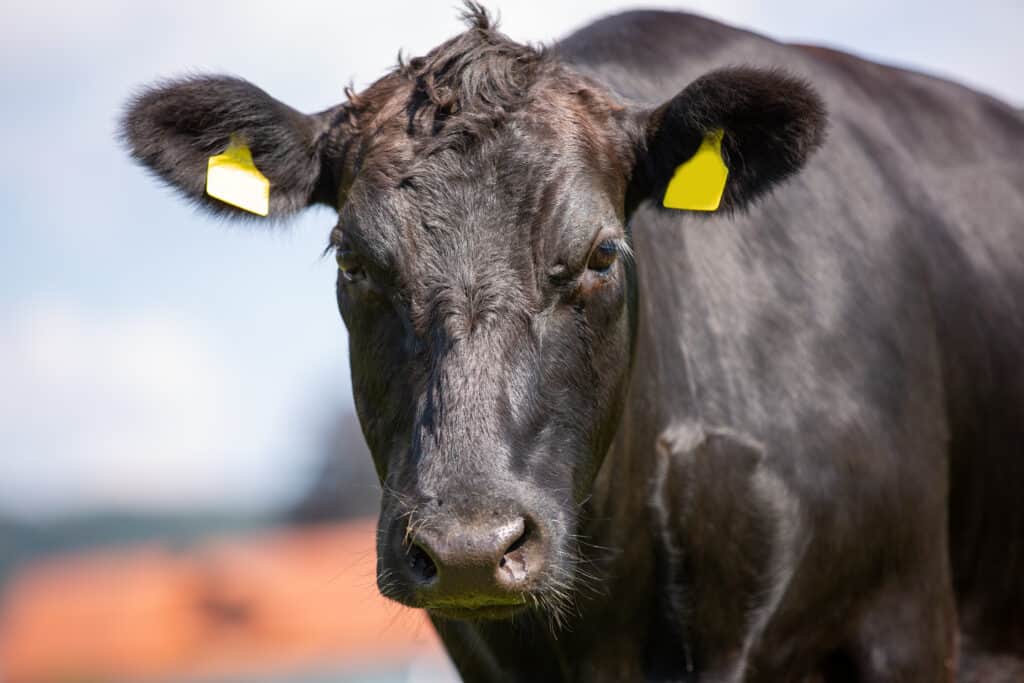
Cow’s milk is a nutrient-rich food with different protein, fat, and carbohydrate levels.
©Filmbildfabrik/Shutterstock.com
The first on this list is, of course, the cow. The majority of milk produced worldwide is supplied by cows, which we are grateful for because it has one of the nicest flavors and is among the most nutritious. Cow’s milk is a nutrient-rich food with different protein, fat, and carbohydrate levels. Cow’s milk mostly consists of water (87.4%) and milk solids (12.6%). Additionally, cow’s milk is a good source of calcium, iodine, vitamin B12, protein, and other minerals. It is also used widely due to its quality as a versatile ingredient. You can use milk in smoothies, porridge, coffee, and even soups in addition to drinking it pure.
2. Buffalo/Water Buffalo
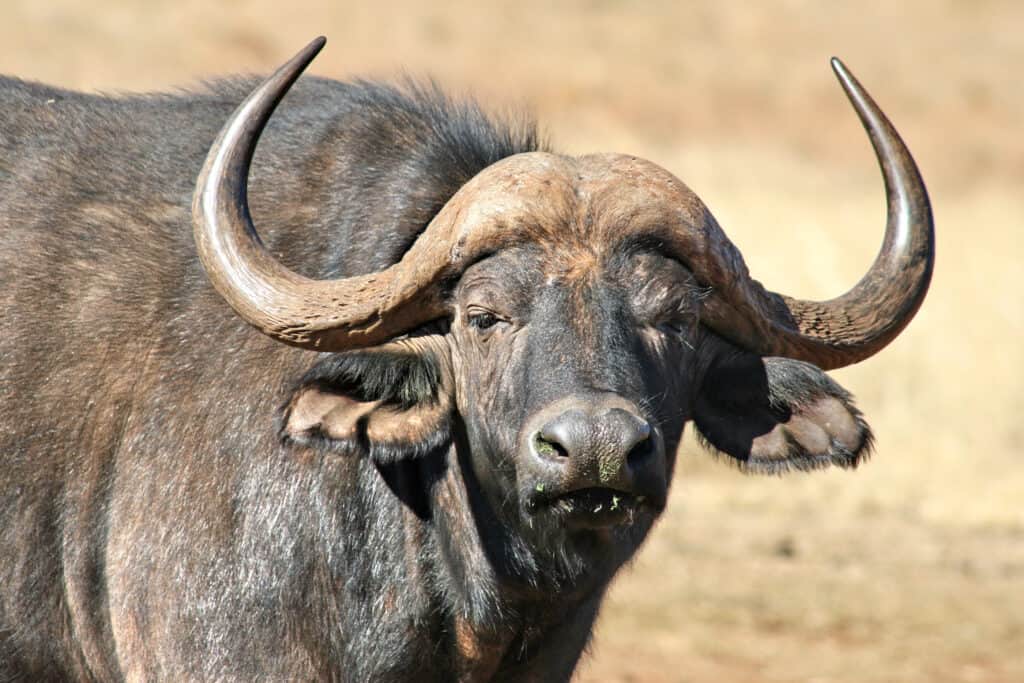
Buffalo milk is richer in fat, protein, minerals, and lactose than cow’s milk.
©Hannes Thirion/Shutterstock.com
Did you know that milk can also come from buffalos? In fact, some provinces in the Philippines create a unique delicacy using only pure water buffalo milk. And it tastes awesome! Buffalos are the main dairy animals in nations like India and Pakistan; therefore, they provide around 13% of the world’s total milk production, making buffalo milk quite widespread. Buffalo milk is richer in fat, protein, minerals, and lactose than cow’s milk, and because it contains more solids, it produces more cream, butter, and cheese. Additionally, it has a distinctive flavor that, when cooked, becomes noticeably nutty because of the release of sulfhydryl chemicals.
3. Camel

Similar to cow milk in flavor, camel milk is often creamier and slightly saltier.
©Fabian Junge/Shutterstock.com
The capacity of camels to consume vast amounts of water is widely recognized, and they also produce nutrient-rich milk. Camels can survive for more than a week without drinking water, making them excellent dairy animals for desert and low-moisture conditions. Herders occasionally travel great distances with their camels to graze while relying solely on camel milk. Camels can provide five to 20 liters of commercial camel milk each day. Their milk is a fantastic fuel supply for people in hot regions as it is also high in calories. Similar to cow milk in flavor, camel milk is often creamier and slightly saltier.
4. Goat
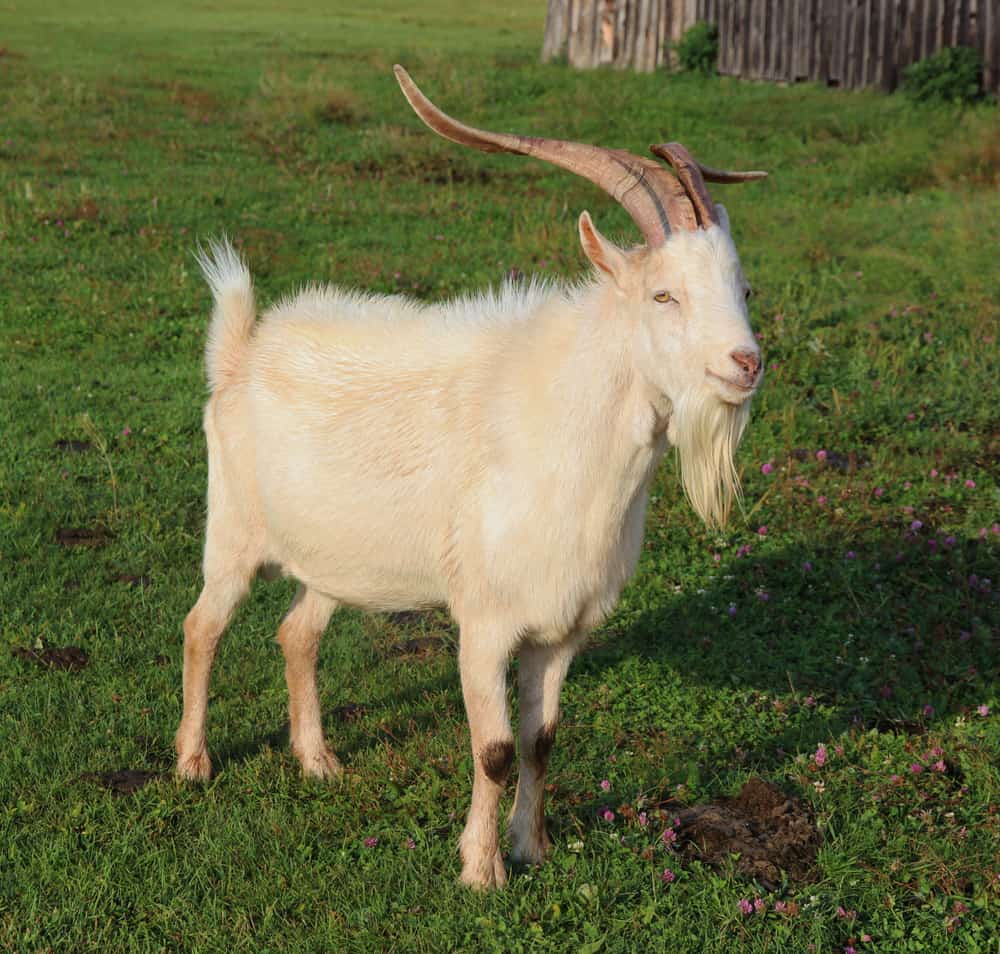
Goat milk is used to manufacture soap, a gentle cleaner that preserves skin moisture by not robbing it of its natural oils.
©Anna-Artmade/Shutterstock.com
Around two percent of the world’s milk is produced by goats. Over the past 20 years, interest in goat milk’s nutritional value has led to an approximately 60% increase in production. The vast array of cheeses produced in France is made from goat milk (goat cheese), a staple in French cuisine. Additionally, goat milk is used to manufacture soap, a gentle cleaner that preserves skin moisture by not robbing it of its natural oils. Vitamin A, known to support immunological function, maintain eyesight, and support organ function, is also abundant in goat milk.
5. Sheep

Roughly one percent of the world’s milk production comes from sheep.
©iStock.com/idal
Australia and New Zealand have modest but expanding dairy sheep industries; roughly one percent of the world’s milk production comes from sheep. Sheep milk has many edges over cow’s milk, including a high solid content that even outperforms goat milk. Additionally, sheep’s milk contains higher levels of all 10 essential amino acids than cow’s milk. Sheep’s milk is perfect for creating cheese since it has a high level of solids and a very high-fat content. It also has a less acrid aftertaste than cow’s milk and a creamy, buttery flavor. Feta is among the most popular cheeses manufactured from sheep’s milk.
6. Yak

Yak milk has been used for generations to make cheese and yogurt.
©attilio pregnolato/Shutterstock.com
Yak milk is a required substitute for cow’s milk in some parts of the world because yaks are exceptionally tolerant to cold conditions. The Himalayan region is home to yaks, which offer various benefits like wool, meat, and milk. Yak milk’s lipid and protein levels are higher than cows’, which contributes to yak butter’s high demand in some circles. Yak milk has been used for generations to make cheese and yogurt. Yak milk is frequently made into butter or cheese to store for later use because yaks yield more milk in the summer than in the winter.
7. Horse
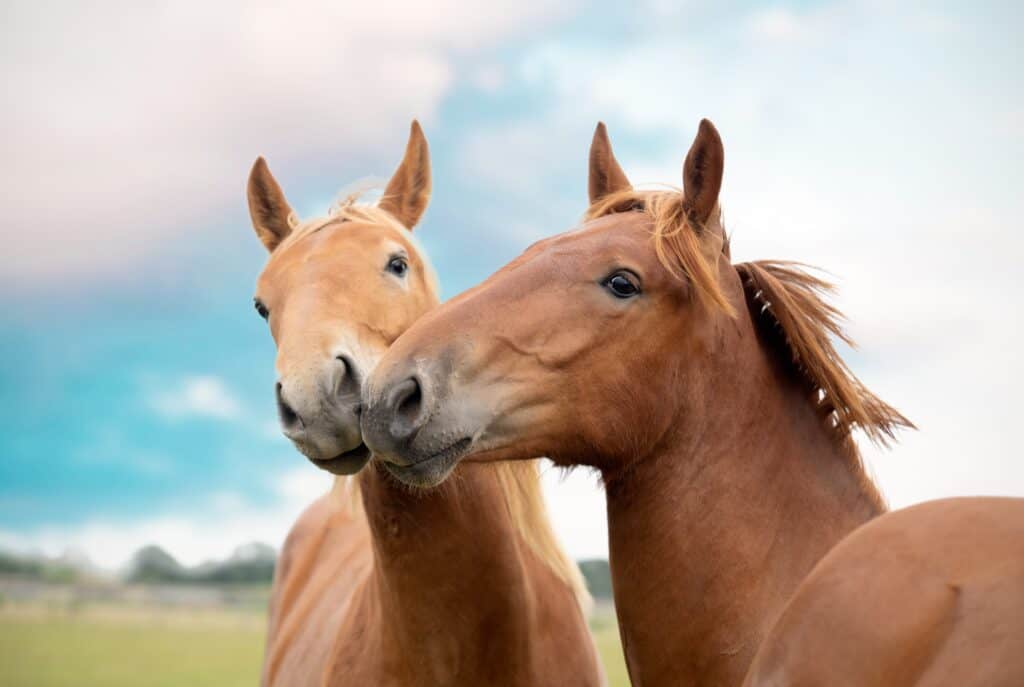
Horse milk is high in whey protein, polyunsaturated fatty acids, and vitamin C.
©JM-DIGITALPHOTOGRAPHY/Shutterstock.com
Since ancient times, horse milk has been used in Russia and Central Asia for its health advantages. It is a crucial component of kumis and is high in whey protein, polyunsaturated fatty acids, and vitamin C. It is offered for sale as powder in several European nations, including Germany. Kumis, also known as airag, is a long-established beverage that originated in Mongolia and is often produced from fermented horse milk. The procedure of making it involves fermenting the mare’s milk for a day or two while sporadically churning the milk.
8. Reindeer
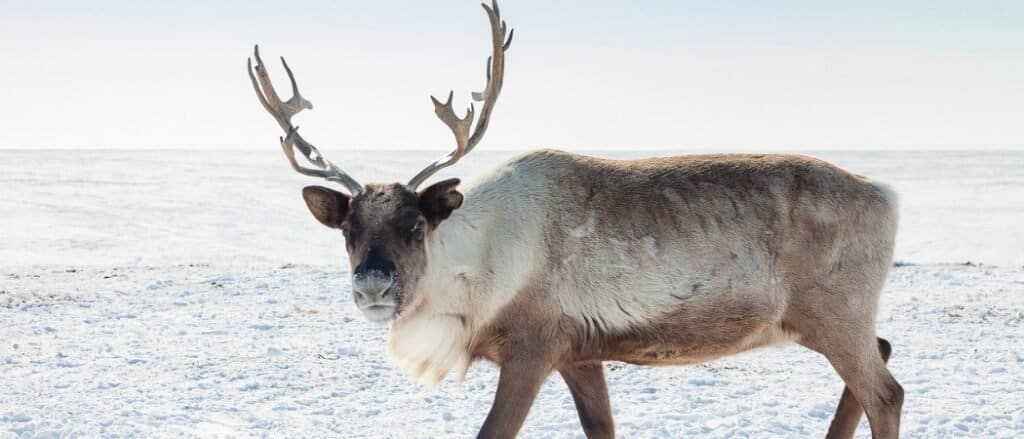
Reindeer milk has a similar lipid content to cow’s milk and a higher calcium concentration.
©Vladimir Melnikov/Shutterstock.com
Some populations in northern Eurasia and (the extremely cold) taiga regions, where cows can’t survive, depend heavily on the economy and reindeer milk for their health and well-being. While it has less salt and potassium, reindeer milk has a similar lipid content to cow’s milk and a higher calcium concentration. The milk also contains little levels of carbs. For the indigenous inhabitants of Scandinavia and Russia, reindeer milk is a nourishing food source because it is strong in fat and protein. It was also used to make contemporary Finnish cheeses such as leipäjuusto.
9. Donkey
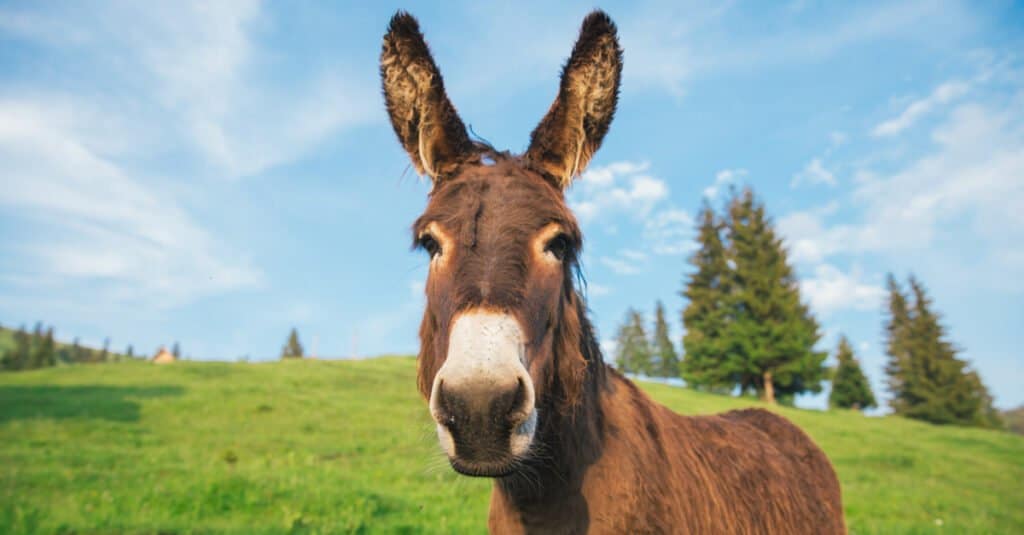
Contrary to popular belief, donkey milk is considerably simpler for individuals to digest than cow milk.
©Angyalosi Beata/Shutterstock.com
Horse milk, sometimes known as mare milk, and donkey milk have somewhat similar chemical compositions, and ethnomedicine has documented the therapeutic use of donkey milk. Donkey milk is advertised as being excellent for both nourishment and cosmetics, and has been in use for hundreds of years. It’s even been claimed that Cleopatra took donkey milk baths to maintain her beauty and skin’s youthful appearance. Its flavor is comparable to skim milk. Contrary to popular belief, it is considerably simpler for individuals to digest than cow milk. Some cheeses, like the Greek variant feta, are also made from donkey’s milk.
10. Moose

Since ancient times, moose milk has been used to make cheese, yogurt, and ice cream.
©RT Images/Shutterstock.com
Although moose calves are the most common consumers of this extremely rare milk, it has also been made commercially in Sweden, Russia, and Canada. Moose only produce one to six liters of milk per day, but it contains significantly more protein and fat than cow’s milk. Since ancient times, moose milk has been used to make cheese, yogurt, and ice cream.
The only known manufacturer of moose cheese is the lgens Hus, located in the Swedish district of Bjurholm. One of the most costly cheeses in the world, moose cheese may cost up to $500 per pound.
11. Cockroach
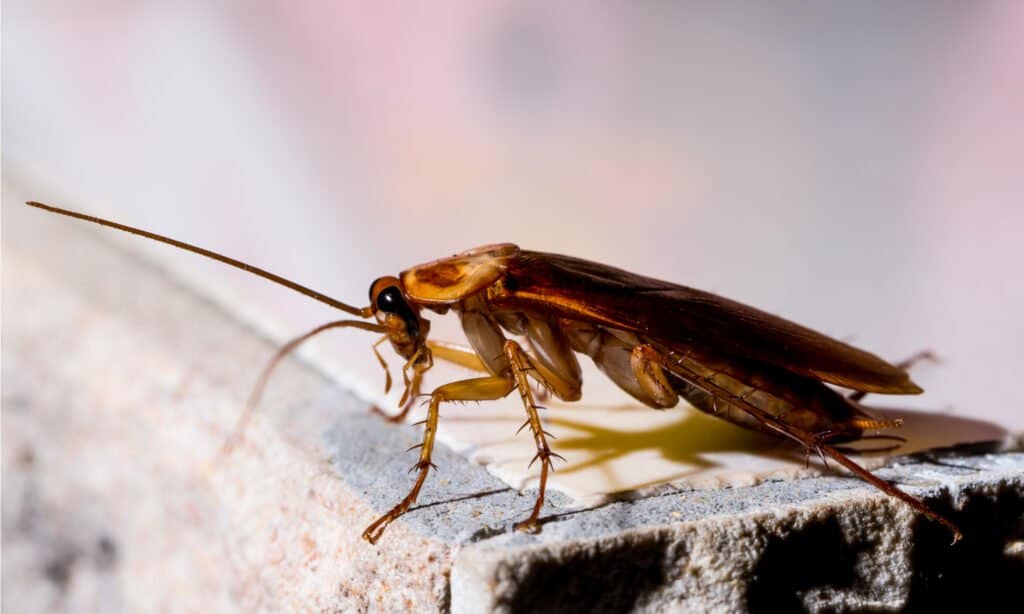
Cockroaches secrete milk to nourish growing embryos.
©PitukTV/Shutterstock.com
It is known that cockroaches secrete milk to nourish growing embryos. In fact, cockroaches are one incredibly uncommon source of milk. This happens as a functioning mammary gland secretes the white liquid in these insects, which is used to nourish their young. Instead of providing important nutrients like other types of milk, cockroach milk is created to support female roaches during pregnancy, yet, they are abundant in protein. It might surprise you that cockroach milk is one of the world’s most nutrient-dense foods. Due to its high nutritional and protein content, it is being looked at as a potential food supplement.
12. Pig
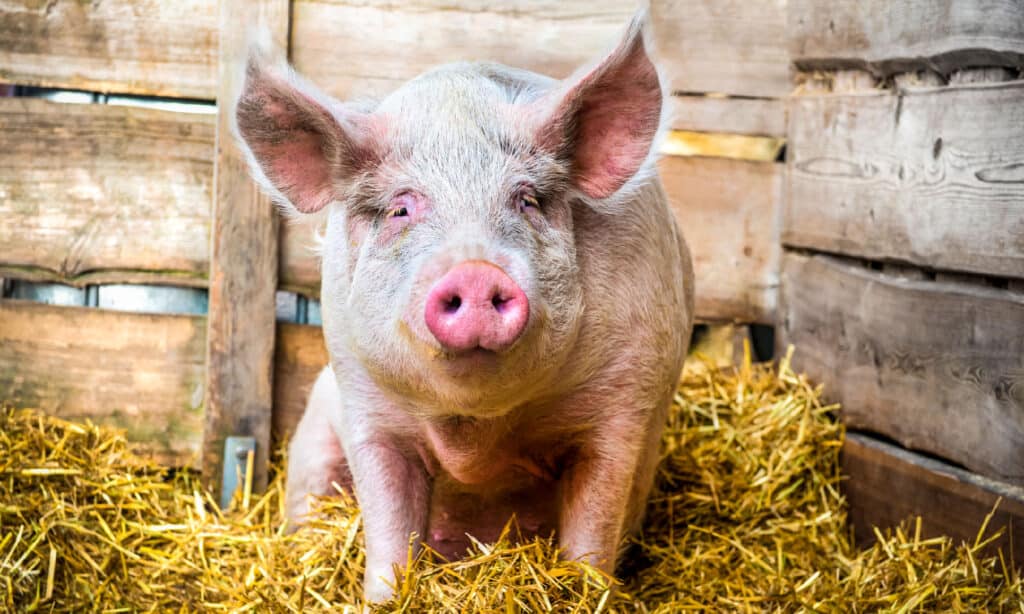
Pig milk is rarely available for human consumption and is not considered a commercially viable agricultural product.
©iStock.com/AlexRaths
Pigs don’t like being milked, so pig milk hasn’t taken off in the United States. It would be challenging to obtain enough pig milk to make a profit, even if you were to come close. Although heavier in fat and more liquid than cow’s milk, it has a similar composition. Pig milk is rarely available for human consumption and is not considered a commercially viable agricultural product. Some people dislike pig milk since it is heavy in fat and has a strong flavor.
13. Jumping Spider

Jumping spiders produce milk, which they feed their young for about 20 days.
©Sari ONeal/Shutterstock.com
Technically, milk from jumping spiders cannot be consumed by humans, but it’s worth noting how remarkable these arachnids (which lack mammary glands) produce milk. The jumping spider from Southeast Asia is distinctive in several ways. Not only does it resemble a long-legged ant, but it also seems to be the only known species of spider that feeds its young “milk”. The young are sustained on the milk, with a protein level that is quadruple of cow’s milk, for around 20 days before they must go out to find their own food. Its composition is rich in fat and protein, with 2.0 mg/ml of sugar, 5.3 mg/ml of fat, and a staggering 123.9 mg/ml of protein — four times as much as in cow’s milk.
| Animal | |
|---|---|
| 1. | Cow |
| 2. | Buffalo/Water Buffalo |
| 3. | Camel |
| 4. | Goat |
| 5. | Sheep |
| 6. | Yak |
| 7. | Horse |
| 8. | Reindeer |
| 9. | Donkey |
| 10. | Moose |
| 11. | Cockroach |
| 12. | Pig |
| 13. | Jumping Spider |
The photo featured at the top of this post is © Christopher Crosby Morris/Shutterstock.com
Sources
- Goop, Available here: https://goop.com/wellness/health/11-milks-dont-come-cows/
- Insider, Available here: https://www.insider.com/10-animals-that-produce-milk-from-around-the-world-2020-11
- Fauna Facts, Available here: https://faunafacts.com/animals/examples-of-animals-that-produce-milk/
- The Magazine, Available here: https://www.discovermagazine.com/planet-earth/10-surprising-animals-that-make-milk-and-arent-mammals
Thank you for reading! Have some feedback for us? Contact the AZ Animals editorial team.






